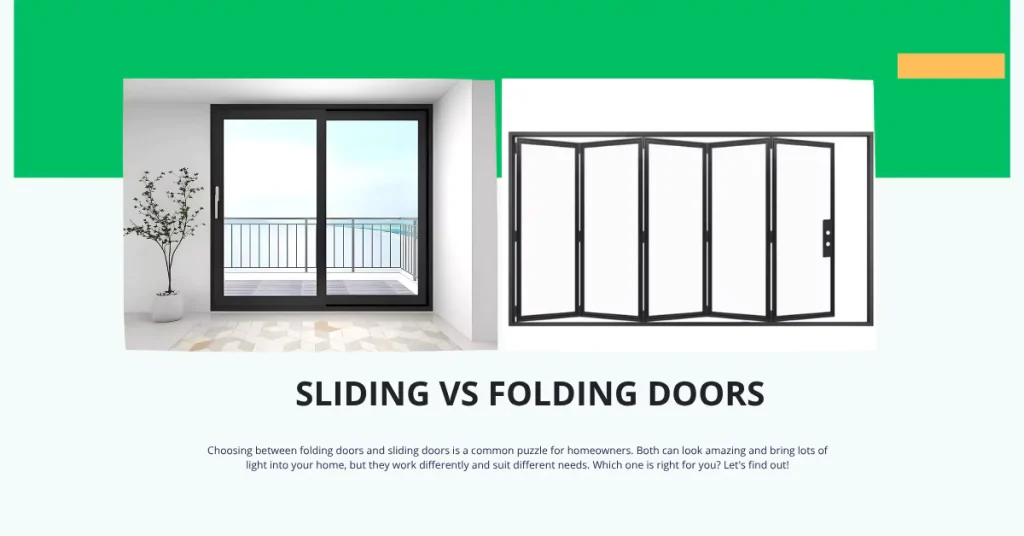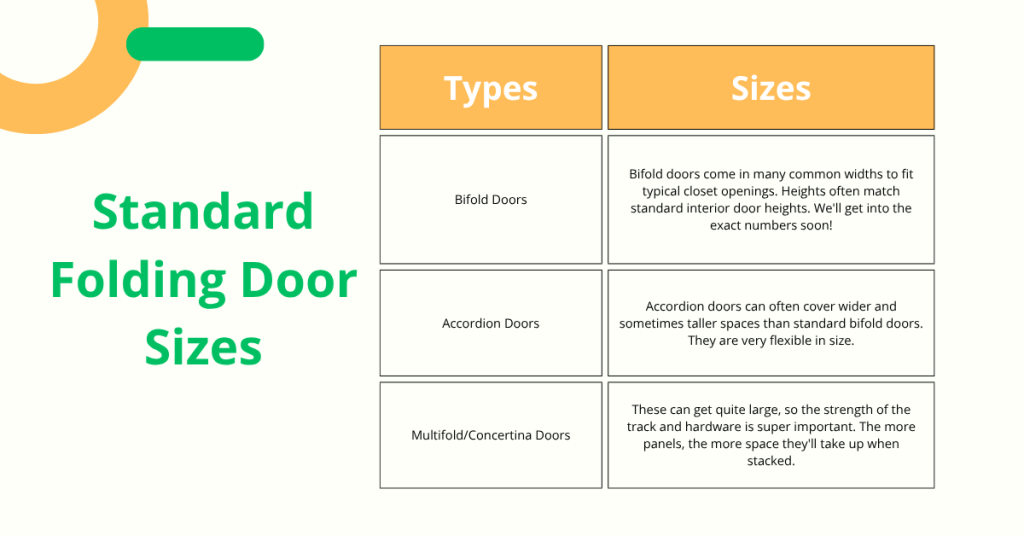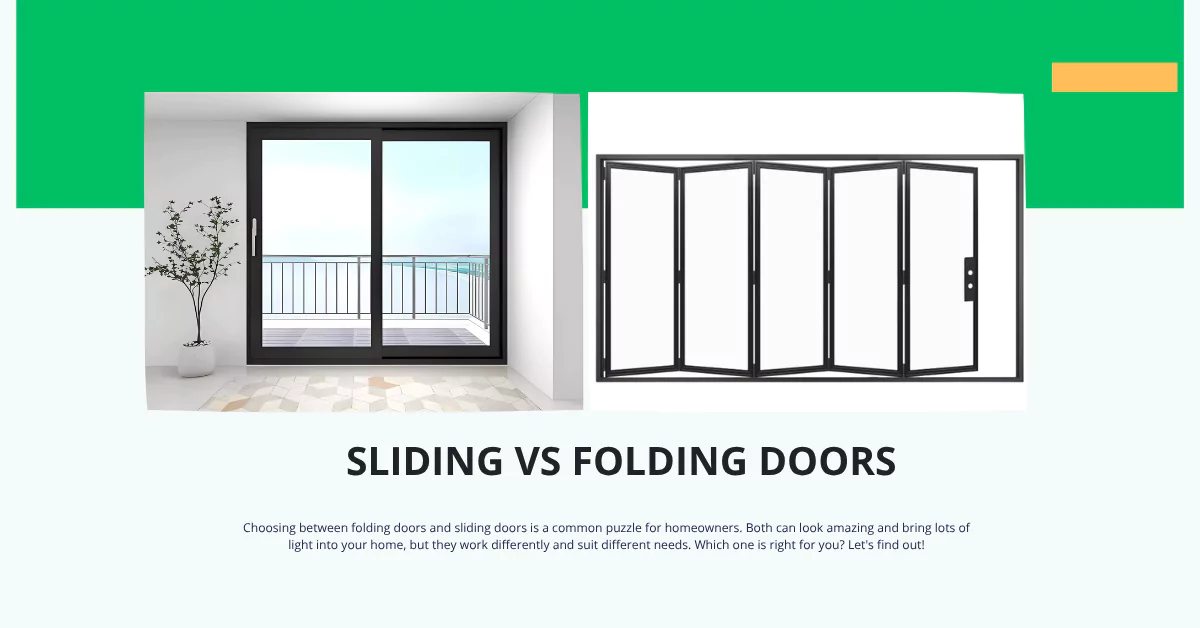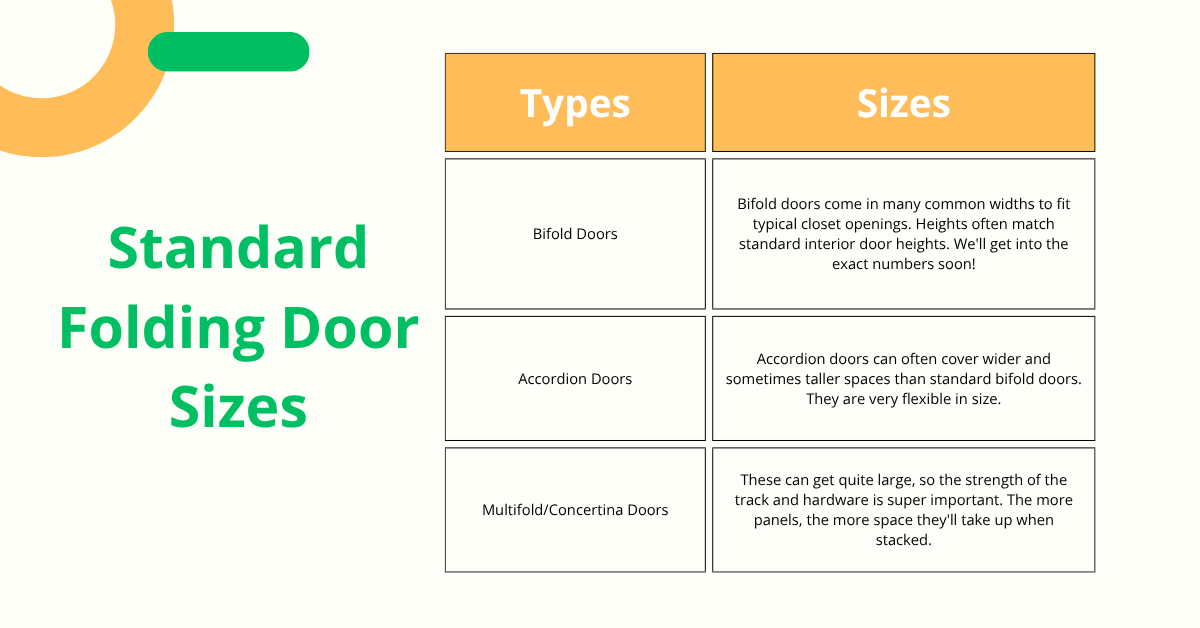French doors – they add so much character and light, right? But painting them? Ah, that can feel like a challenge! All those little glass panes (called lites), the handles, the hinges… it’s definitely more intricate than painting a flat closet door. Thinking about what are French doors and their parts? Check our basic guide here.
But here’s the rewarding part: a fresh coat of paint or stain can completely transform your French doors, updating their style, protecting them from wear and tear, and making them look brand new again! Whether you have classic wood, durable fiberglass, strong metal/steel, or even vinyl doors, the right technique makes all the difference.
Why does technique matter so much? Because sloppy prep or the wrong paint can lead to peeling, chipping, paint on the glass, and a finish that just doesn’t last. We want to avoid that frustration!
This guide is your go-to resource for learning how to paint French doors (or stain or refinish them!) the right way, covering:
- Why French doors need special attention.
- Planning your project (material ID, color, paint type, tools).
- Comparing techniques for protecting the glass (tape vs. liquid mask).
- Step-by-step prep, priming, and painting for different materials.
- Tips for staining wood French doors.
- How to refinish existing doors.
- Troubleshooting common problems.
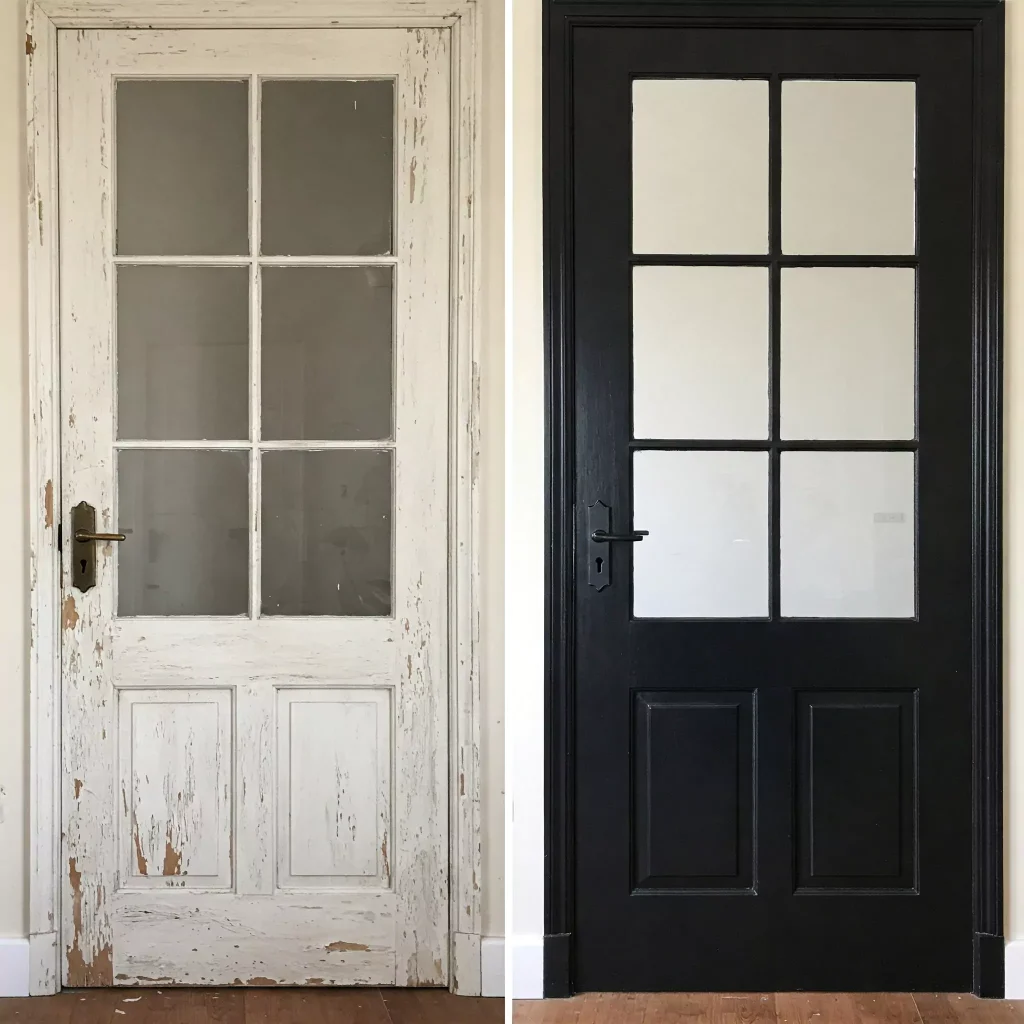
DIY vs. Pro? Painting French doors is definitely DIY-friendly if you have patience and follow the steps carefully. It saves money! But it is time-consuming due to the detailed prep work. Hiring a pro costs more ($1000+) but guarantees expertise and saves you time. Wondering is it hard to paint fiberglass French doors? Not necessarily harder, just different prep – we’ll cover that! Ready to give your French doors a makeover? Let’s plan!
Why French Doors Deserve Special Painting Consideration
What makes painting these doors different from a regular door?
- Glass Panes Galore: This is the big one. Protecting all those glass edges while painting the surrounding wood or frame (muntins/grilles) takes time and precision. Getting paint on the glass is easy; getting it off cleanly can be tedious.
- Hardware Hurdles: Handles, locks, hinges, bolts – they all need to be either removed or meticulously masked off. Painting over hardware looks unprofessional and can cause sticking. (Need hardware help? See our French Door Materials & Hardware Guide).
- Material Matters: Wood needs different prep and paint than fiberglass, which is different again from metal or vinyl. Using the wrong products leads to poor adhesion and peeling.
- Value Proposition: Properly finished French doors look high-end and contribute to your home’s aesthetic value (Do French Doors Add Value?). A bad paint job can detract from it.
- Time Commitment: Don’t underestimate the prep time! Cleaning, sanding (if needed), and especially masking the glass takes longer than the actual painting for many people.
Taking the time to do it right pays off in a beautiful, durable finish.
Planning Your French Door Painting Project
Success starts with good planning!
French Door Materials at a Glance
Popular Door Color Options
Paint Finish Options
Project Timeline
A. Material-Based Considerations: Know Your Door!
- Identify Material: First, figure out what your door is made of.
- Wood: Look for grain patterns. Tap it – does it sound solid?
- Fiberglass: Often has a realistic wood grain texture but feels slightly different. Smooth fiberglass is also common. Tap it – might sound slightly hollow compared to solid wood. Often has a foam core.
- Metal/Steel: Feels cool to the touch. A magnet will stick to it. Usually smooth, sometimes embossed grain. Foam core common.
- Vinyl: Feels like plastic. Usually white or beige (color goes all the way through). Often has internal chambers.
- Special Considerations:
- Wood: Needs sanding, priming (usually), and protection from moisture (especially exterior).
- Fiberglass: Needs thorough cleaning and often scuff-sanding for adhesion. Specific primers might be needed.
- Metal: Needs cleaning, potentially rust treatment, and a primer that grips metal (Direct-to-Metal or DTM paint can work too).
- Vinyl: Can you paint vinyl French doors? Sometimes, but it’s tricky. Requires excellent cleaning and a specialized primer/paint designed for vinyl adhesion. Paint can make vinyl more prone to heat warping, especially dark colors. Often better to leave vinyl unpainted if possible.
- Should I paint my French doors? If they’re looking worn, dated, or you just want a change, yes! Painting is usually much cheaper than replacing. But if doors are severely damaged (rotted wood, major dents), painting is just a band-aid. (Major damage? Check our French Door Repair Guide). If you have vinyl doors in good shape, consider if painting is worth the adhesion risk.
- Remove or Paint in Place?
- Removing: Allows painting horizontally (fewer drips!), easier access to all edges. Requires removing hinges/door (need help, doors are heavy!), space to work, and reinstalling later (How to Install French Doors covers basics). Usually gives best results.
- Painting in Place: Quicker setup, no heavy lifting. Harder to paint edges, hinges need masking, risk of drips on vertical surfaces. Feasible, but requires more care during painting.
B. Color Selection Guide: What Hue for You?
- What color should I paint my French doors? Consider:
- Interior Design: Match or complement your wall color, trim color, furniture, and overall room style.
- Popular Trends: Black, dark charcoal gray, deep blues are popular for a dramatic, modern look. White and off-white are classic and bright. Bold colors can make a statement.
- Trim Contrast: Painting doors the same color as the trim creates a seamless look. Painting them a contrasting color makes them a focal point.
- Interior vs. Exterior: You can paint the inside and outside different colors! Exterior color should coordinate with your home’s siding, trim, and roof. What color to paint exterior French doors? Consider curb appeal and durability (dark colors absorb more heat). What color to paint French doors on a white house? Black offers striking contrast. Blues, greens, or even a cheerful red can work well. A light gray can be subtle. Consider shutter/trim colors too.
- Light & Space: Lighter colors make spaces feel bigger and brighter. Dark colors add drama and sophistication but can make small spaces feel smaller.
C. Paint Type Selection: The Right Potion for Motion!
- What kind of paint to use on French doors? It depends on material and location!
- Material Specifics:
- Wood: High-quality Acrylic Latex Enamel (interior/exterior) or Alkyd/Oil-Based Enamel (more durable, harder cleanup, strong smell).
- Fiberglass: 100% Acrylic Latex paint generally works best. Check manufacturer recommendations – some fiberglass needs specific types.
- Metal/Steel: Acrylic Latex or Direct-to-Metal (DTM) paints. Use a rust-inhibiting primer if needed.
- Vinyl: Paint specifically labeled for vinyl (often containing urethane). Requires careful prep.
- Interior vs. Exterior: Exterior paints have additives for UV protection, mildew resistance, and flexibility to handle temperature changes. Always use exterior paint outside!
- Finish (Sheen):
- Matte/Flat: Hides imperfections well but harder to clean. Not ideal for high-touch doors.
- Satin/Eggshell: Soft sheen, more durable and washable than flat. Good all-around choice.
- Semi-Gloss: Noticeable shine, very durable, easy to clean. Great for doors and trim, highlights details (and imperfections!). Most common/recommended choice for doors.
- Gloss: Very shiny, toughest finish, easiest to clean. Shows every flaw. Can look plastic-y if not done well.
- Primer: ESSENTIAL for most jobs! Promotes adhesion, blocks stains, provides even base color. Use a primer compatible with both your door material and your topcoat paint. Bonding primers are great for slick surfaces like fiberglass or potentially vinyl. Metal needs a metal primer. Wood often benefits from a good quality wood primer (stain-blocking if needed).
- Water vs. Oil: Water-based (Latex/Acrylic) paints have low odor, easy cleanup (soap/water), dry faster. Oil-based (Alkyd) paints level beautifully (fewer brush marks), create a harder finish, but have strong fumes, require mineral spirits for cleanup, and dry slowly. Modern water-based enamels are very durable now.
- Eco-Friendly: Look for Low-VOC or Zero-VOC paints if fumes are a concern.
- Material Specifics:
D. Project Planning: Getting Organized
- Time: How long does it take to paint French doors? Depends on prep needed, number of doors, and drying times. Allow a full weekend for one set of doors if prepping thoroughly (cleaning, sanding, priming, 2 coats paint). Each step needs drying time! Rushing = poor results.
- Tools & Materials: Besides paint/primer: Painter’s tape or liquid mask, drop cloths, sandpaper (various grits), sanding block/sponge, scrapers, tack cloth, cleaning supplies (TSP substitute or degreaser), wood filler (if needed), brushes (high-quality angled sash brush is key!), mini-rollers (foam or microfiber), paint tray, rags, respirator/mask (especially if sanding/spraying/using oil paint).
- Workspace: Well-ventilated area (open windows, use fans), protected floors/furniture, good lighting. If painting outside, avoid direct hot sun, high humidity, wind, or temps below 50°F (10°C) or above 90°F (32°C) – check paint can specs!
- Paint Before Hanging? Should I paint interior French doors before hanging them? If installing new doors, painting them before installation (while laid flat) is often easier and gives cleaner results, especially if spraying. But you can paint installed doors too.
- Cost: DIY cost is mainly paint, primer, supplies ($50-$150 per door). Pro cost varies widely by location and prep needed ($200-$600+ per door possible).
Comprehensive Technique Comparison: Protecting the Glass
Masking the glass is often the most time-consuming part. Here are the main methods:
- A. Masking Liquid / Liquid Mask:
- How: Paint a liquid film onto the glass along the edges. It dries, you paint the door, then score the edge and peel the film (and paint overspray) off the glass.
- Pros: Can be faster than taping individual panes, gives very sharp lines if done right.
- Cons: Takes practice to apply evenly, needs proper drying time, can be tricky to remove if applied too thin or left too long, more expensive than tape.
- B. Painter’s Tape:
- How: Carefully apply quality painter’s tape (like FrogTape or Scotch Blue) precisely along the edges where wood/frame meets glass. Press edges down firmly (use putty knife or credit card) to prevent bleed-through.
- Pros: Cheaper, readily available, relatively easy concept.
- Cons: VERY time-consuming for doors with many small panes (lites). Requires precision application for clean lines. Risk of paint bleeding under tape if not sealed well.
- C. Razor/Scrape Method (Post-Painting Cleanup):
- How: Paint carefully without masking, letting a little paint get onto the glass edge. Once dry, use a sharp razor blade scraper (held at a low angle) to carefully scrape the dried paint off the glass.
- Pros: No tedious masking time upfront. Can yield very sharp lines.
- Cons: High risk of scratching glass if not careful! Requires a steady hand. Doesn’t work well with textured glass. More cleanup time after painting.
- D. Vaseline/Lip Balm Method (DIY Hack – Use with Caution):
- How: Apply a thin layer of petroleum jelly or lip balm to the glass edge before painting. Paint carefully. Wipe off the jelly (and paint on it) after painting, before paint fully cures.
- Pros: Cheap, no tape needed.
- Cons: Can be messy, might affect paint adhesion if it gets on the wood/frame, may not create perfectly sharp lines. Less reliable than other methods.
Glass Protection Techniques at a Glance
How to paint French doors without tape? Use the Masking Liquid or the Razor/Scrape method.
Preparation Process: The Foundation for a Great Finish
Prep is 90% of the job! Do NOT skip these steps.
A. Workspace Preparation:
- Lay down drop cloths. Ensure good light and ventilation. If removing doors, set up sawhorses in a clean, dust-free area.
B. Removing Hardware:
- It’s almost always best to remove handles, locks, and latches. It’s faster than masking them perfectly and gives a cleaner result. Put screws in labeled baggies! Hinges can sometimes be masked if painting in place, but removal gives better access to door edges. See French Door Hardware Guide for tips on removal if needed.
C. Surface Preparation Methods: Clean & Smooth!
- Clean Thoroughly: Wash the entire door surface with a TSP substitute or a good degreaser to remove dirt, grease, and grime. Rinse well and let dry completely. Paint won’t stick to dirt!
- Sanding (If Needed):How to sand French doors?
- Purpose: Smooths imperfections, dulls glossy finishes for better paint adhesion (scuff-sanding).
- Wood: Sand bare wood smooth (start with medium grit like 120, finish with fine grit like 180 or 220). Sand existing paint lightly (scuff) with fine grit (180-220) just to dull the gloss. Always sand WITH the wood grain!
- Fiberglass: Usually just needs scuff-sanding with fine-grit sandpaper or a sanding sponge to dull any gloss and create microscopic scratches for the primer/paint to grip. Don’t over-sand or use coarse grits! Clean dust thoroughly after.
- Metal: Scuff-sand existing paint lightly. If rusted, remove rust with wire brush/sandpaper down to bare metal, then prime immediately with rust-inhibiting primer.
- Vinyl: Usually not recommended to sand unless essential for cleaning stubborn grime. If you must, use very fine grit very lightly.
- Wipe Clean: After sanding, remove ALL dust with a tack cloth or a damp microfiber cloth. Dust is the enemy of a smooth finish!
D. Removing Old Finishes (Stripping):
- Is it necessary? Only if the existing paint is heavily damaged, peeling, cracking, or has many thick layers. If the old paint is sound, just cleaning and scuff-sanding is usually enough.
- How to strip paint off French doors?
- Chemical Strippers: Apply gel/liquid, let it work, scrape off softened paint. Messy, needs good ventilation, use safety gear (gloves, respirator, glasses). Follow product directions exactly. Clean residue thoroughly after.
- Heat Gun: Use heat gun (carefully!) to soften paint, then scrape off. Risk of scorching wood or damaging fiberglass/vinyl if overheated. Needs practice. Lead paint hazard!
- Safety: Assume old paint (pre-1978) contains lead! Use lead-safe practices if stripping.
E. Repairing Damage: Fix Flaws First!
- Fill small holes, scratches, or dents with appropriate filler (wood filler for wood, epoxy filler for fiberglass/metal). Let dry, sand smooth, prime. Deeper damage might need professional repair or indicate door replacement is better. (See French Door Repair Guide for major issues).
Glass Pane Protection Methods: Masking Mastery
Choose your method (Tape or Liquid Mask recommended for best results).
- C. Detailed Step-by-Step: Masking Liquid Method
- Clean glass thoroughly, especially edges.
- Apply liquid mask carefully with its brush or a small craft brush right up to the edge where glass meets frame/muntin. Apply a thick enough coat (check product directions). Don’t get it on the frame!
- Let it dry completely (turns clear or changes color, check times).
- Proceed with priming/painting (Section VII/VIII).
- Once paint is dry to the touch (but ideally before fully cured, check product), carefully score the edge of the film along the frame with a sharp utility knife.
- Gently lift a corner and peel the film off the glass. It should take the paint overspray with it.
- D. Detailed Step-by-Step: Tape Method
- Clean glass edges.
- Use quality painter’s tape (1″ or 1.5″ width often works well). Tear or cut manageable lengths.
- Apply tape precisely along the edge where glass meets frame. Overlap tape ends slightly at corners.
- CRUCIAL: Press the edge of the tape down firmly using a flexible putty knife, credit card, or specialized tool to create a tight seal against paint bleed.
- Proceed with priming/painting.
- Remove tape while the last coat of paint is still slightly tacky (not fully dry, not wet). Pull tape off slowly at a 45-degree angle for the cleanest line. If paint fully dries, score the edge lightly with a utility knife before pulling tape to avoid peeling paint off the frame.
Priming Techniques: Prepping for Paint Grip
Primer helps paint stick better and look more even.
- When to Prime:
- Bare Wood: Always prime to seal wood and prevent uneven paint absorption.
- Stained Wood (Painting Over): Use a stain-blocking primer!
- Metal: Use a metal primer (especially if bare metal or rust was treated).
- Fiberglass: Often recommended, especially if factory finish is glossy. Use a bonding primer if unsure. Check door manufacturer advice.
- Vinyl: Use a specialized vinyl-safe primer if painting vinyl.
- Drastic Color Change: Primer helps cover the old color faster.
- Application: Apply primer just like paint (Section IX). Use a brush for details, roller for flat areas. Let it dry completely per instructions. Lightly sand primer smooth (220 grit) and wipe clean before painting for the smoothest finish.
Material-Specific Painting Techniques: Tailoring Your Touch
Now the fun part – applying color!
A. Painting Wood French Doors:
- Use a high-quality angled sash brush (2″ or 2.5″) for cutting in around glass and details. Use a mini-roller (foam or microfiber) for flat stile/rail areas if desired.
- How to paint unfinished French doors: Prime first! Then apply 2 topcoats.
- How to paint stained French doors: Clean well, scuff sand lightly, apply a STAIN-BLOCKING primer ( crucial!), then apply 2 topcoats.
- Paint with the wood grain direction.
- Apply thin, even coats. Better to do 2-3 thin coats than 1 thick coat (which can drip/sag). Let coats dry fully in between (check can recoat times). Lightly sand between coats (220 grit) and wipe clean for smoothest results.
B. Painting Fiberglass French Doors:
- Is it hard to paint fiberglass French doors? No, the key is prep! Must be perfectly clean and usually scuff-sanded. Factory finishes can be slick.
- Use 100% Acrylic Latex paint generally recommended. Bonding primer helps ensure adhesion.
- Apply thin coats. Avoid over-brushing. Fiberglass doesn’t absorb paint like wood, so apply smoothly.
- Spray painting can give very smooth results on fiberglass.
C. Painting Metal French Doors:
- How to paint metal/steel French doors? Ensure surface is clean, rust-free, and primed (if needed) with metal primer.
- Use DTM paint or quality Acrylic Latex.
- Apply thin coats to prevent runs on the smooth surface. Magnetic properties can sometimes affect brush feel slightly.
- Watch temperature – metal heats up/cools down, affecting paint drying. Avoid painting in direct hot sun.
D. Special Material Considerations:
- Vinyl: Can you paint vinyl French doors? Yes, but use paint specifically formulated for vinyl (often contains urethane for flexibility/adhesion). Prep is critical (extreme cleaning). Dark colors are risky (can cause warping from heat absorption). If vinyl is in good shape, leaving it unpainted might be safer long-term.
- Aluminum: Clean well. Use a primer suitable for aluminum or DTM paint.
Professional Painting Techniques for Flawless Results
Want that super-smooth look?
- Brush/Roller: Use high-quality tools! Good brush ($15-$25) makes a huge difference. Use mini-rollers for flat areas to minimize brush strokes. Apply paint, then lightly “tip off” with just the brush tips (long, light strokes) to smooth it out. How to paint French doors without drips? Apply thin coats! Don’t overload the brush. Catch drips immediately with the brush.
- Spray Painting: How to spray paint French doors? Gives the smoothest finish but requires more prep/masking. Use HVLP (High Volume Low Pressure) sprayer for fine control, or airless sprayer (faster, more overspray), or even quality spray cans for small jobs. Multiple thin coats are key. Practice on cardboard first! Requires excellent ventilation and respirator.
- How to paint French doors the easy way? There’s no magic bullet, but good prep, quality paint/tools, and patience make it easier. Taking doors off to paint flat can feel easier than painting vertically.
Glass Pane Painting Techniques: The Detail Work
- How to paint French doors with glass/windows: Focus on the frame/muntins around the glass.
- Use your chosen glass protection method (Tape/Liquid Mask).
- Use a high-quality angled sash brush for precise cutting-in along the glass edges.
- How to paint French door panes specifically? Paint the small muntin bars carefully. A smaller artist’s brush can help in tight corners.
- Cleanup: If using the scrape method, wait for paint to dry, then use a sharp glass scraper held flat. For minor tape bleed, carefully scrape or use a cotton swab dipped lightly in appropriate solvent (water for latex, mineral spirits for oil – test on inconspicuous area first!).
Specific Application Scenarios: Inside vs. Outside & Colors
- Interior: How to paint French doors interior? Focus on smooth finish, coordination with room decor. Durability less critical than exterior. Water-based paints often preferred (low odor).
- Exterior: How to paint exterior French doors? Use durable EXTERIOR paint! Prep is vital to ensure paint withstands weather. Pay attention to sealing edges (especially bottom) after painting. Need UV/mildew resistance. Paint in good weather conditions (moderate temp, low humidity, no rain).
- Special Finishes: How to paint French doors black? Black shows imperfections, so prep must be flawless! Use multiple thin coats for even coverage. Requires good quality paint to prevent fading (exterior). Distressed/vintage looks involve layering colors and sanding/waxing techniques.
Staining French Doors: Showcasing the Wood Grain
Only applies to wood doors!
- Prep: How to stain pine French doors? Pine is soft and prone to blotching. Sand smooth (up to 220 grit). Use a pre-stain wood conditioner – this is essential for pine/softwoods for even stain absorption!
- Staining: How to stain French doors? Apply stain with rag, brush, or foam pad, following grain direction. Wipe off excess stain after recommended time (check can) with a clean rag. Let dry fully. How to stain French doors with window panes? Mask glass carefully! Stain will bleed under tape more easily than paint – use high-quality tape pressed very firmly, or use liquid mask. Wipe any stain off glass immediately.
- Clear Coat: Apply 2-3 coats of clear polyurethane or varnish (oil-based for durability, water-based for low odor/fast dry) for protection. Sand lightly (320 grit) between coats (after drying) for smoothest finish. Use exterior-rated clear coat outside.
Refinishing Existing French Doors: A New Lease on Life
- Assessment: Is the old finish just worn, or peeling/cracking badly? Is the door structurally sound?
- How to refinish French doors: If finish is sound, clean, scuff-sand, prime (if needed), and paint/topcoat. If failing, stripping (Section V.D) might be necessary before refinishing.
- How to restore French doors: May involve stripping, repairing damaged wood (filler/epoxy), sanding, then staining/painting.
- Color Change: Stain to Paint: Clean, scuff sand, use STAIN-BLOCKING primer, paint. Paint to Stain: Requires FULL stripping down to bare wood. Paint to New Paint: Clean, scuff sand, prime if needed (drastic color change), paint.
Finishing Touches and Reassembly
- Final Coat: Ensure smooth, even coverage. Check for missed spots. Let it cure fully!
- Hardware Reinstallation: Wait until paint is fully cured (check can – could be days for full hardness!) before reinstalling hardware to avoid scratching/imprints. Clean hardware before reinstalling. Should I paint the plastic trim on my French door? Usually refers to the glazing bead around the glass. It can often be painted if prepped correctly (cleaned, maybe light scuff, bonding primer), but check door manufacturer info. Some plastic resists paint.
- Touch-ups: Keep leftover labeled paint for future nicks/scratches. Apply carefully with small artist’s brush.
Troubleshooting and Solutions
- Runs/Drips: Catch while wet with brush. If dry, carefully sand smooth and repaint area.
- Brush Marks: Use high-quality paint/brush, thin coats, proper technique (tipping off). Consider paint conditioner (like Floetrol for latex). Sand lightly between coats. Spraying avoids brush marks.
- Peeling/Adhesion Issues: Usually improper prep (dirt, grease, no sanding/priming) or wrong paint type for material. Needs sanding/scraping back to sound surface, proper prep, and repainting.
- Paint on Glass: Scrape carefully when dry (Section X.B).
Care and Maintenance: Protecting Your Work
- Curing: Paint feels dry quickly, but takes days/weeks to fully cure and harden. Be gentle during this time! Avoid harsh cleaners. Exterior doors need protection from heavy rain during curing.
- Long-Term: Clean gently with mild soap/water. Inspect yearly for chips/cracks, especially on exterior doors. Touch up promptly to prevent damage spreading.
FAQs About Painting French Doors
Q: Should I remove doors for painting or paint in place?
A: Removing allows painting flat (best results, fewer drips) but requires lifting/rehanging. Painting in place is faster setup but needs more care against drips/missed edges.
Q: How many coats of paint do French doors need?
A: Usually 1 coat of primer (if needed) and 2 topcoats of paint for good coverage and durability. Dark colors might need an extra coat.
Q: Can I paint over stained French doors without sanding?
A: Not recommended. Clean thoroughly and at least scuff-sand the clear coat to dull the gloss. Then use a STAIN-BLOCKING primer before painting for best results and to prevent stain bleed-through.
Q: What’s the best way to paint French doors black?
A: Flawless prep is key as black shows everything. Use a quality primer (gray tinted can help). Apply multiple thin, even coats (spraying often gives best result). Choose a durable finish like semi-gloss.
Q: How do I get a factory-like finish?
A: Meticulous prep (perfectly smooth surface), high-quality paint, thin coats, light sanding between coats, and often spray application. Patience is key!
Q: Is it better to brush or spray French doors?
A: Spraying gives the smoothest, most professional finish but requires more equipment, setup, and masking. Brushing is easier access/lower cost but requires more skill to minimize brush marks.
Q: How long does it take to paint French doors?
A: Allow a weekend per set, factoring in drying times between cleaning, priming, and multiple paint coats. Actual hands-on time might be 4-8 hours, but spread out.
Conclusion: A Beautiful Finish Awaits!
Painting or refinishing your French doors is a project that delivers huge visual impact. While the detailed work around the glass requires patience, the steps themselves – Plan, Prep, Prime, Paint – are straightforward. By choosing the right materials for your specific door type (wood, fiberglass, metal) and using careful techniques, you can achieve a beautiful, durable finish you’ll be proud of.
Take your time with the preparation, protect that glass, apply thin coats, and allow proper drying time. Whether you brush, roll, or spray, the effort will be worth it when you see your transformed doors!
Feeling like your current doors are too damaged or just not the right material for the finish you want? Sometimes a fresh start is best. Explore our wide selection of beautiful, customizable French doors available in various materials ready for your perfect paint color or stain! Let us help you find the ideal doors for your home makeover. Happy painting!
